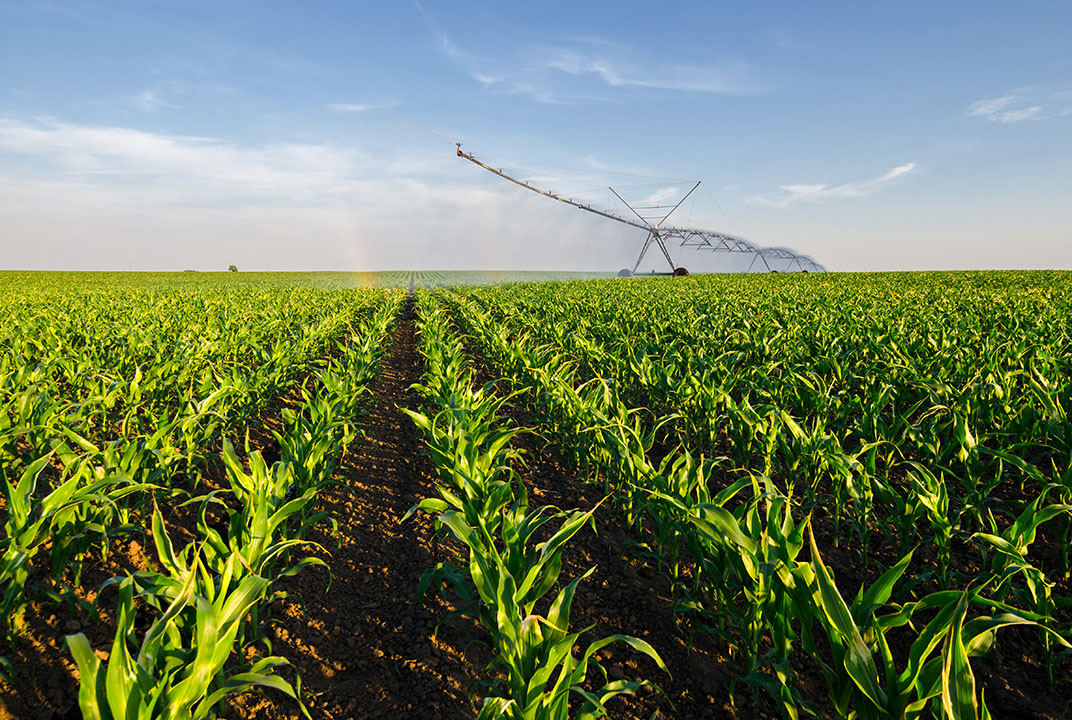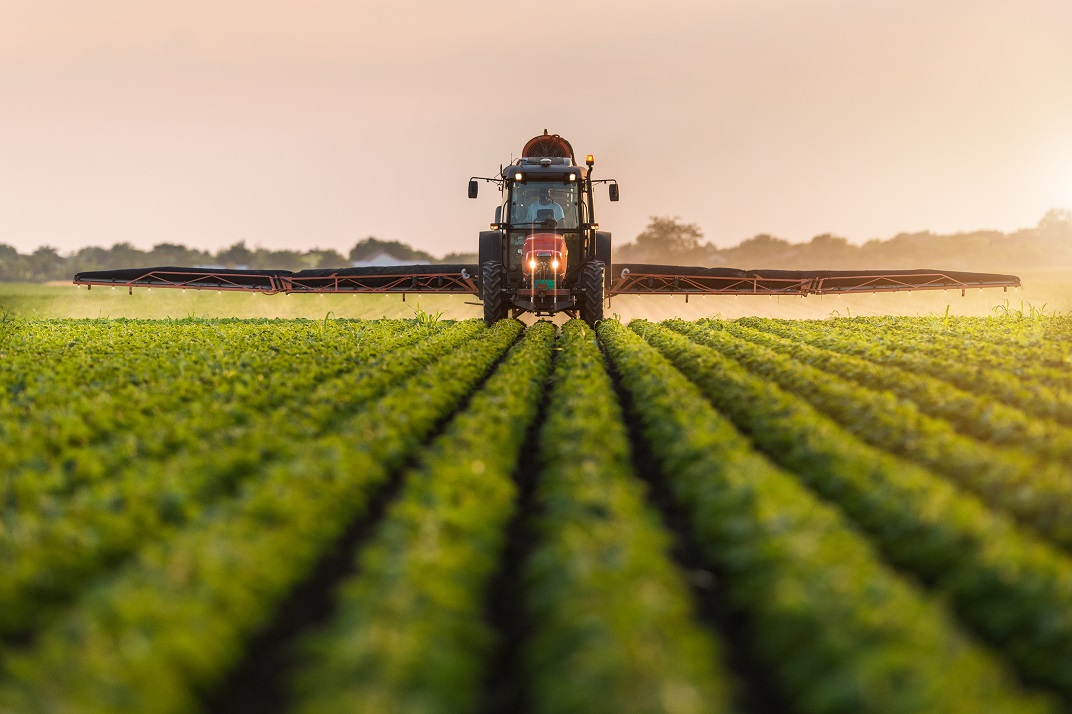Insight | For peat’s sake…
For peat’s sake…
null
Shoji Koike, Business Development Director APAC, Inmarsat Enterprise, spoke at CommunicAsia 2017 about how satellite communications and IoT can make a valued contribution to climate change by helping to restore peatland. Read his blog to find out more.
Until recently, my knowledge of peat could have been described as being quite limited. I knew that in Scotland peat was used to provide whiskey with its distinctively smoky flavour…
What I know now, in summary, is that peat is a partially decayed vegetation that is built over thousands of years in wetland areas. But, crucially it contains the most carbon per sq. metre of any organic matter (dead or alive) on the land – ten times more than any other land-based eco-system in fact.
When drained or dredged it emits high levels of carbon dioxide, but, when burnt, which often happens as people clear land for agriculture, the carbon dioxide and resulting smoke is really off the scale. Think somewhere in the region of one-tenth of the global emissions from burning fossil fuels.
While the release of carbon through peat land devastation is a global problem, it is particularly acute in South East Asia.
Many agricultural projects have led to the depletion of peat lands but there is hope. By blocking the man made channels which are irrigating the peatland, and making large scale agricultural farms more water responsible, restoration is possible, according to the UN.
Aside from sourcing irrigation water more responsibly, farms and plantations need to be smarter about the way they use the available water they have. One way that we are helping these organisations do this is through the delivery of projects that involves the installation of IoT sensors monitoring soil and leaf humidity.
Utilising a LoRaWAN (Low Power Wide Area Network) to connect the sensors with a gateway, the resulting data allows farmers to make more intelligent decisions about their water usage and can even be used to automate water delivery to ensure it is only delivered for irrigation as needed. This prevents depletion of the fragile water supplies that support the peat bogs, ensuring that the carbon and the unique eco-system these areas support remain intact.
Another function that IoT sensors can provide is carbon dioxide monitoring. As governments increasingly moderate the burning of peat land, under international pressure, placing sensors in areas where burning has traditionally occurred will indicate those farming organisations playing by the rules and those who don’t.
I for one am behind the use of smart technology to limit climate change and increase efficiency. Something needs to be done, for peat’s sake!
About the author
Shoji joined Inmarsat in 2014 to lead the Enterprise Media sector for the APAC region. He expanded his role to include Transport and was responsible for driving new opportunities for Inmarsat’s product portfolio. In 2016, Shoji was appointed Business Development Director APAC, Inmarsat Enterprise, focusing on new sectors such as agritech, environmental monitoring and mining. A father of two daughters, Shoji regularly trains for triathlons and has recently competed his first Half Ironman.


